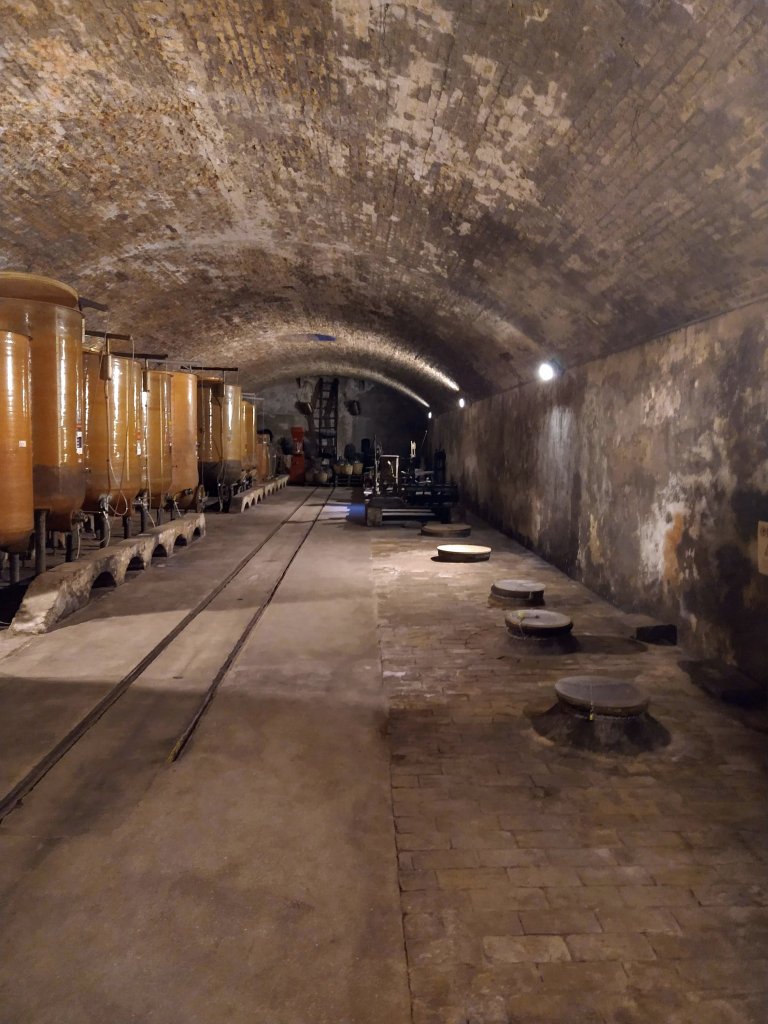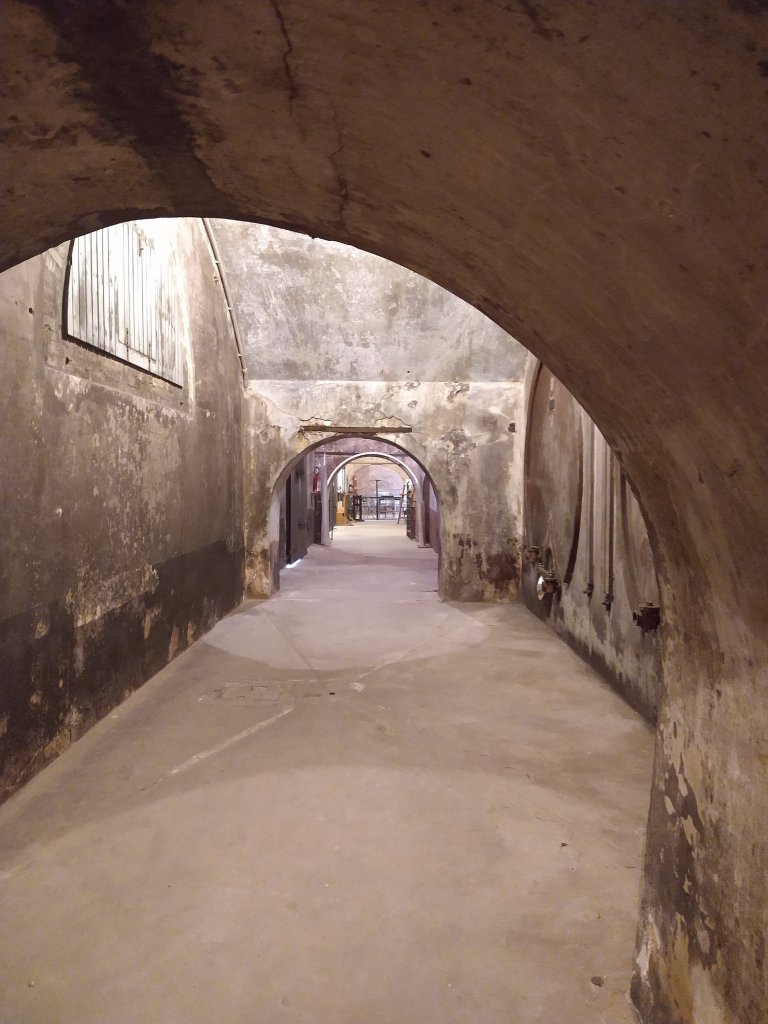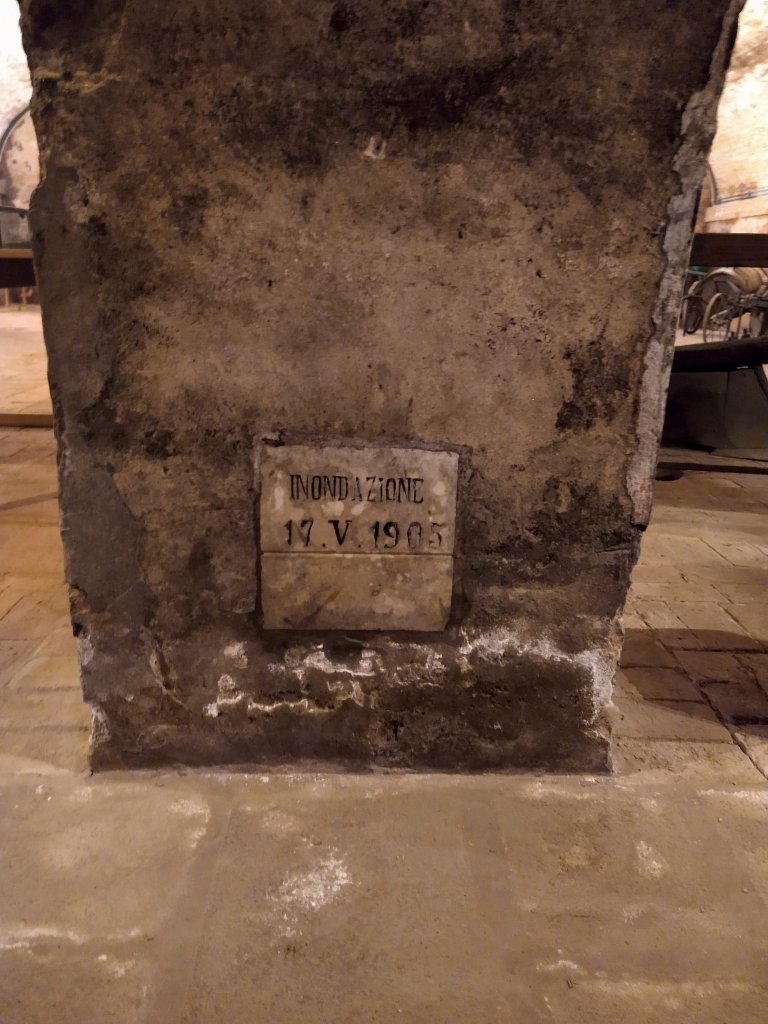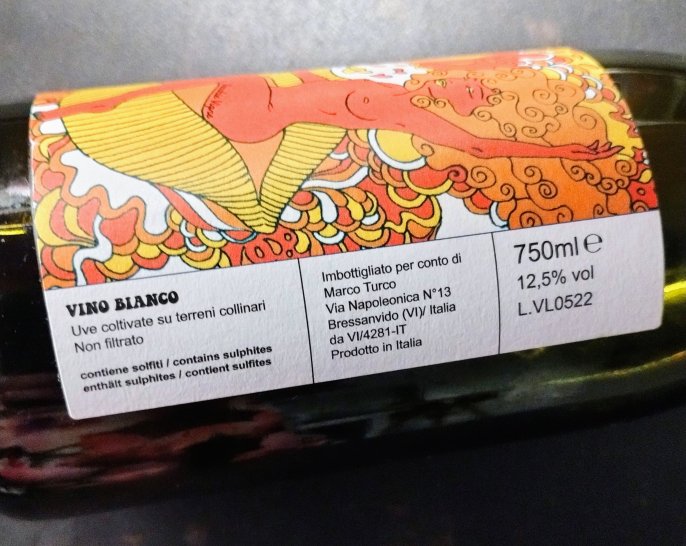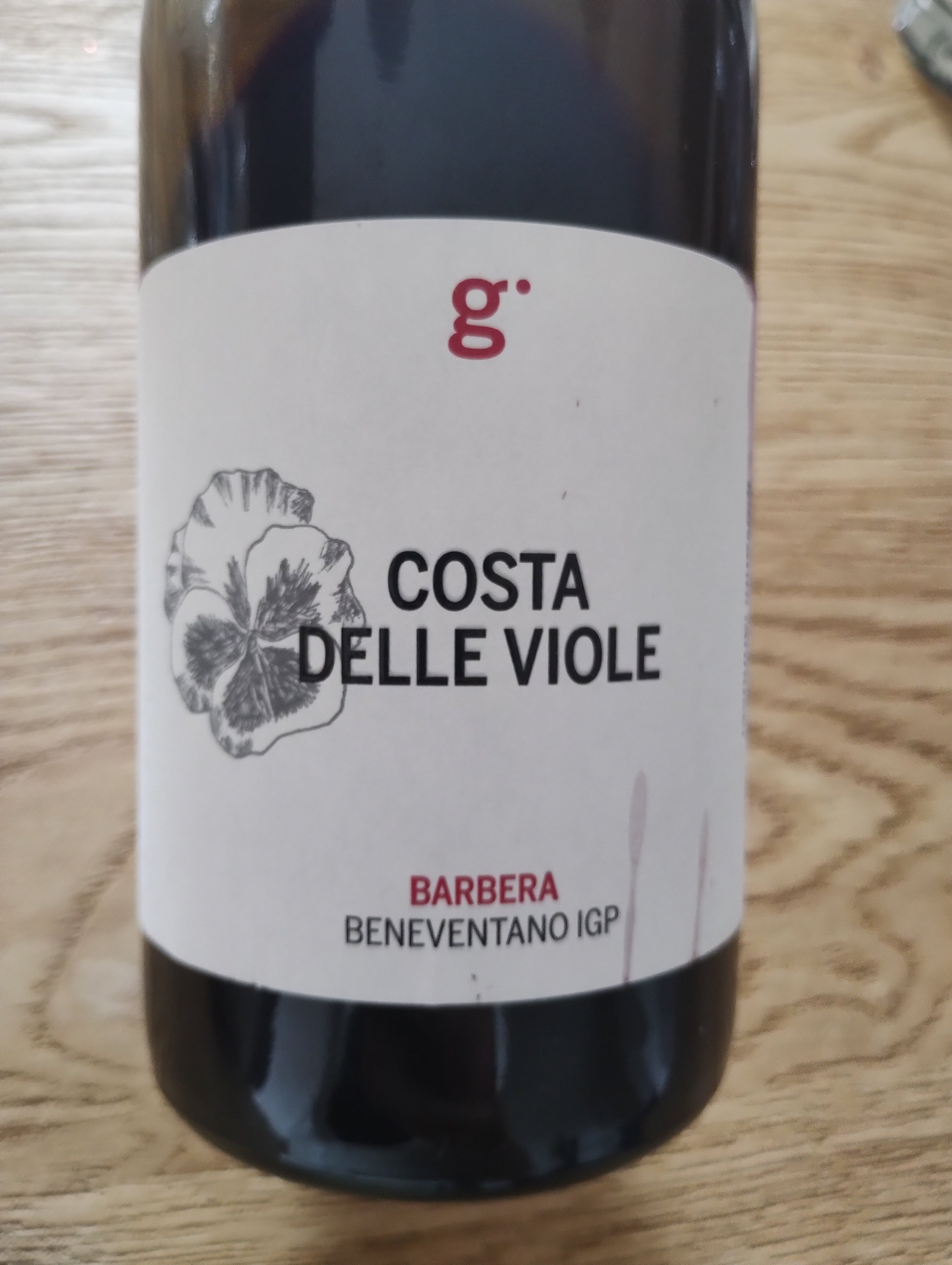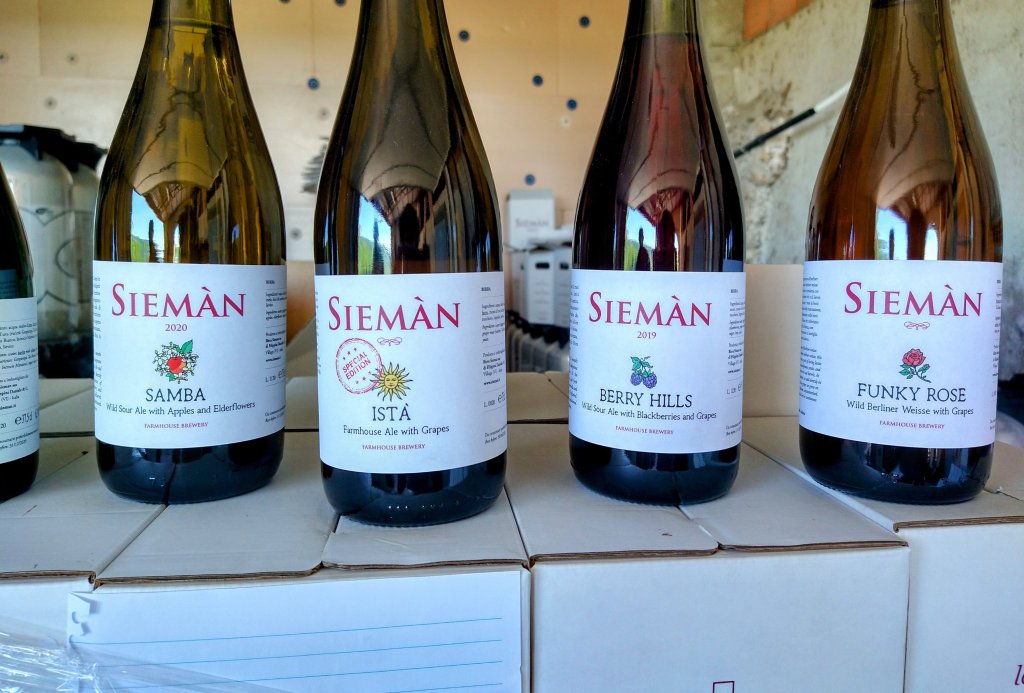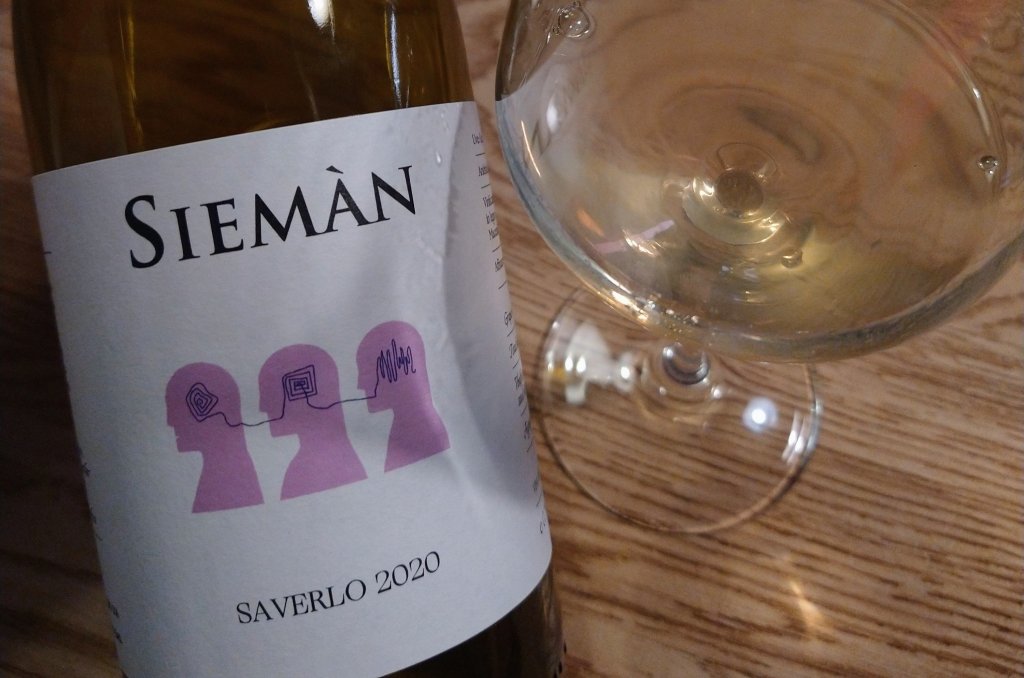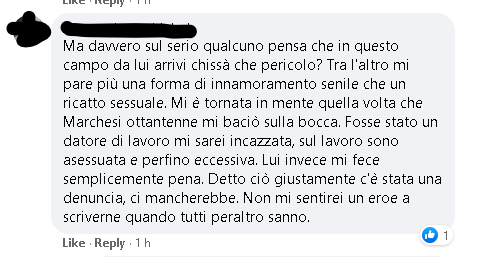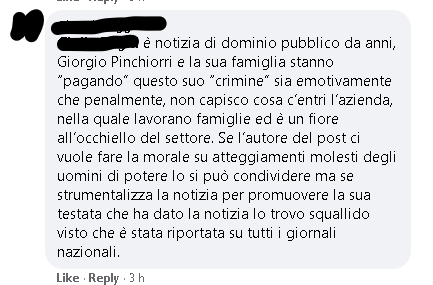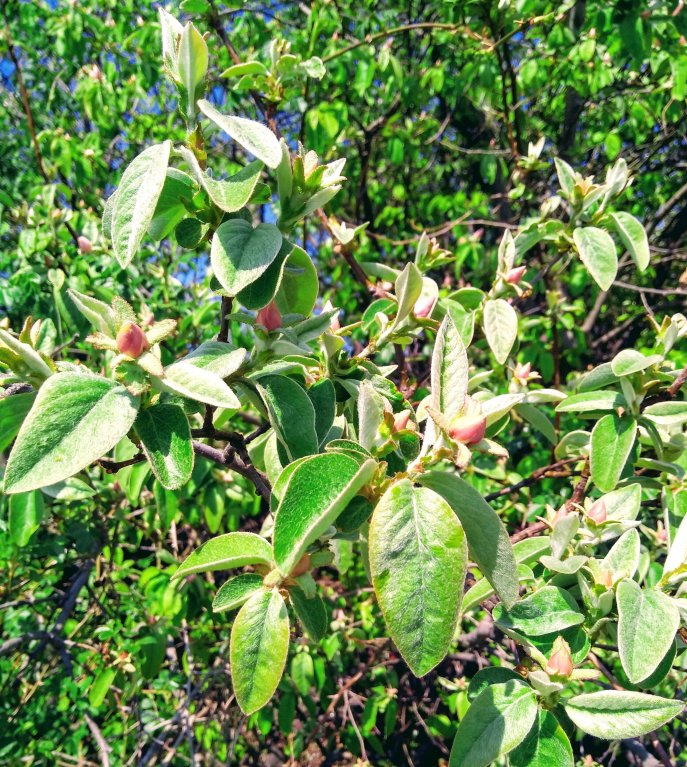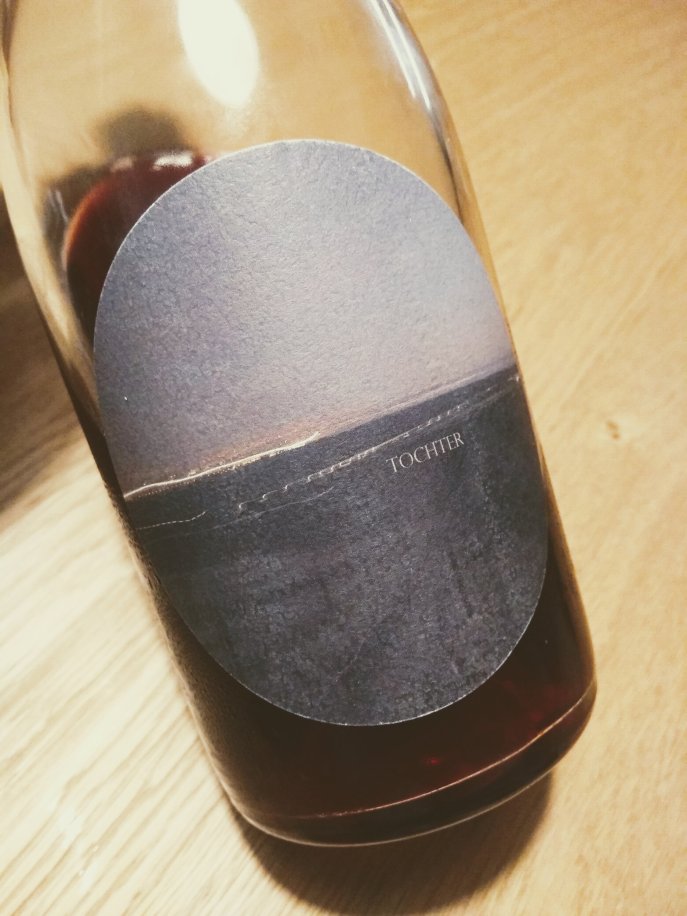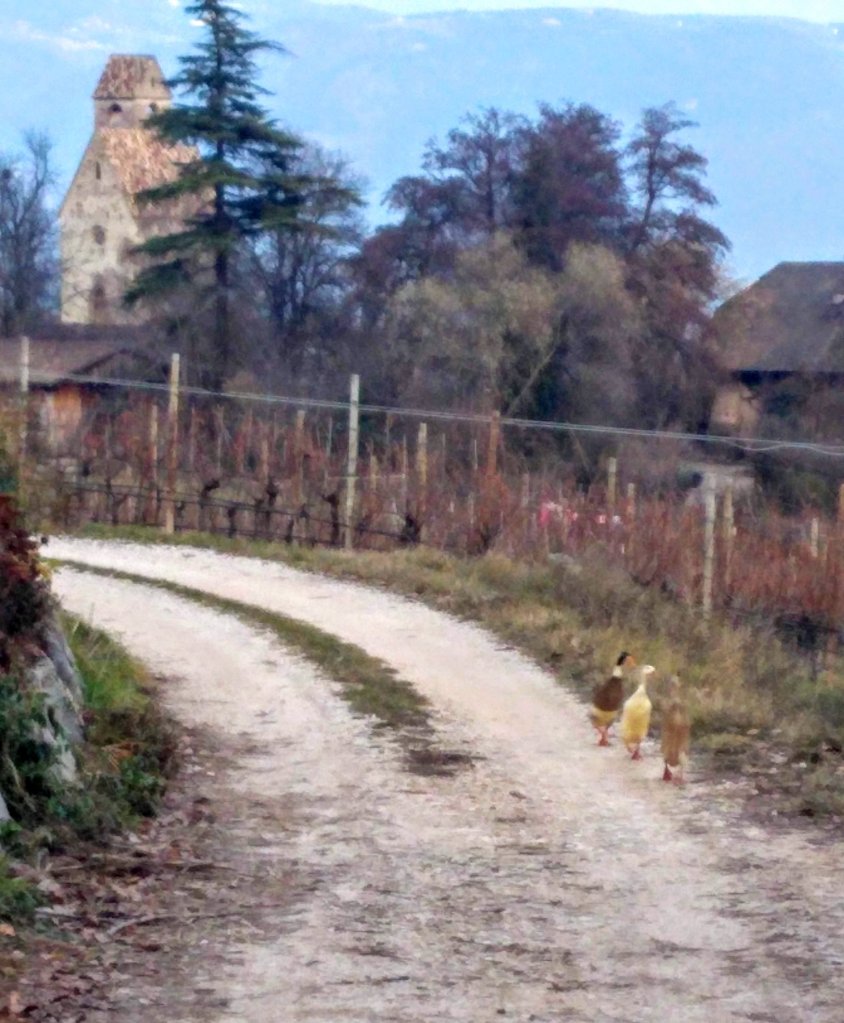Yesterday, 6th April 2023, was the day that Isabelle Perraud went to court to defend herself against a diffamation charge brought by Sébastien Riffault.
The back story : a year ago, the Paye Ton Pinard association (of which Perraud is president) shared allegations online that the famous Sancerre vigneron had sexually assaulted and even raped young, female sommelières during his frequent trips to Denmark.
None of these victims have officially reported the allegations to the police, thus enabling Riffault to claim that the entire affair is a baseless witch hunt against him.
I don’t want to run the risk of receiving a diffamation letter myself – so I’m going to share three, very revealing, pages from yesterday’s Libération newspaper. (If you right-click on the image, open it in a new window, you can zoom in and read the text for yourselves.)



If your French could do with some brushing up, in italics is my translation of what is reported: the article in yesterday’s Libération, summarising the conclusions of their investigation, states that in the period between 2019 and 2022, 11 young women in Denmark claim to have been victims of sexual harassment or assault by Riffault; 2 of them claim to have been raped.
The numerous testimonies are moving, corroborative, and IMO convincing. There’s also a sequence of events detailed in the article which is a little too familiar with my own experience. (Remember that?)
This sequence starts with: let’s try to keep this private and pretend it didn’t happen so that I can move on. Sometimes that’s enough and with time and therapy, it is possible to sweep the emotions and memories under the rug. But, sometimes, the next step is realising that the situation is bigger than just you, that other women have found themselves in similar situations and that you’re dealing with a potential serial predator.
Next, word gets out but there’s a sense of “let’s try to figure this out ourselves” – by the employer in my case, and by the importer in Denmark in this instance. The Libé article says that at the end of 2021 (at this point, the accusations were all still word of mouth) Rosforth&Rosforth supposedly spoke to Riffault and gave him a warning. In January/February 2022, after the publication by one of the victims of an article in Frihedsbrevet, they ceased importing Riffault’s wines completely.
That’s an important step but it doesn’t take much to realise that the solution is not sustainable. Accepting the resignation of the employee or dropping the winemaker from the portfolio doesn’t remove the toxic element. Another employee will arrive or another importer will seize the opportunity and the behaviour will re-start.
The absence of criminal charges against Riffault allows him to deflect judgement on his own behaviour by pointing an accusatory finger at those who give voice and share the words of the young women. As an outsider to this case, I feel it’s important to state that I adhere to the principle of “innocent until proven guilty” but, when the body of evidence is this substantial, my gut says that the wrong person was being tried in court yesterday.
There are a couple more elements published in the Libé article which leave such a foul taste in my mouth, I feel they are worth translating for a wider audience:
1. Riffault’s Australian importer Ryan Larkin made his own investigation (finding other alleged victims in Sweden and Norway), published the findings in a newsletter (May 2021) took a position (to stop working with Riffault’s wines), only to backtrack six months later and seemingly wash his hands of the matter.
If we are asking women to come forward, to bear their soul to the police, to go through the agony of testifying in court, to put their trust in the justice system… then it’s not too much for us to ask men to grow a backbone and show some active allyship.
2. I needed to look up the definition of “corbeau” this morning because whilst I was familiar with its English translation as “crow” or “raven,” I wasn’t familiar with its alternative meaning: “poison-pen letter-writer.” Between October 2022 and January 2023, an anonymous person was sending emails to discourage potential witnesses from testifying in court, and sometimes even signing off those emails with the identities of other women who knew nothing about the case. The Libération article finishes with the bombshell that the police traced the fradulent email address back to none other than Riffault’s wife who is now under investigation herself.
Because the final line of the article is a threat from Sébastien Riffault to press diffamation charges against anyone who propagates these supposedly false accusations against his wife, I will bow out here and trust that the police investigation leaves no stone unturned in the quest for justice.
If you want to read a thread of live tweets from the hearing yesterday, Stéphane Méjanès has a blow-by-blow account of the proceedings:
The judge will announce their decision on the 8th June and then there will surely be an appeal. Whoever said justice was quick and straightforward…
In the meantime, I wish that all those involved in the case – particularly Isabelle and the two women who testified yesterday, but also all the other women involved, and even Sébastien and his wife – regardless of the outcome of this affair, if they have a clean conscience, I wish that they are able to find peace and sleep easy at night.




